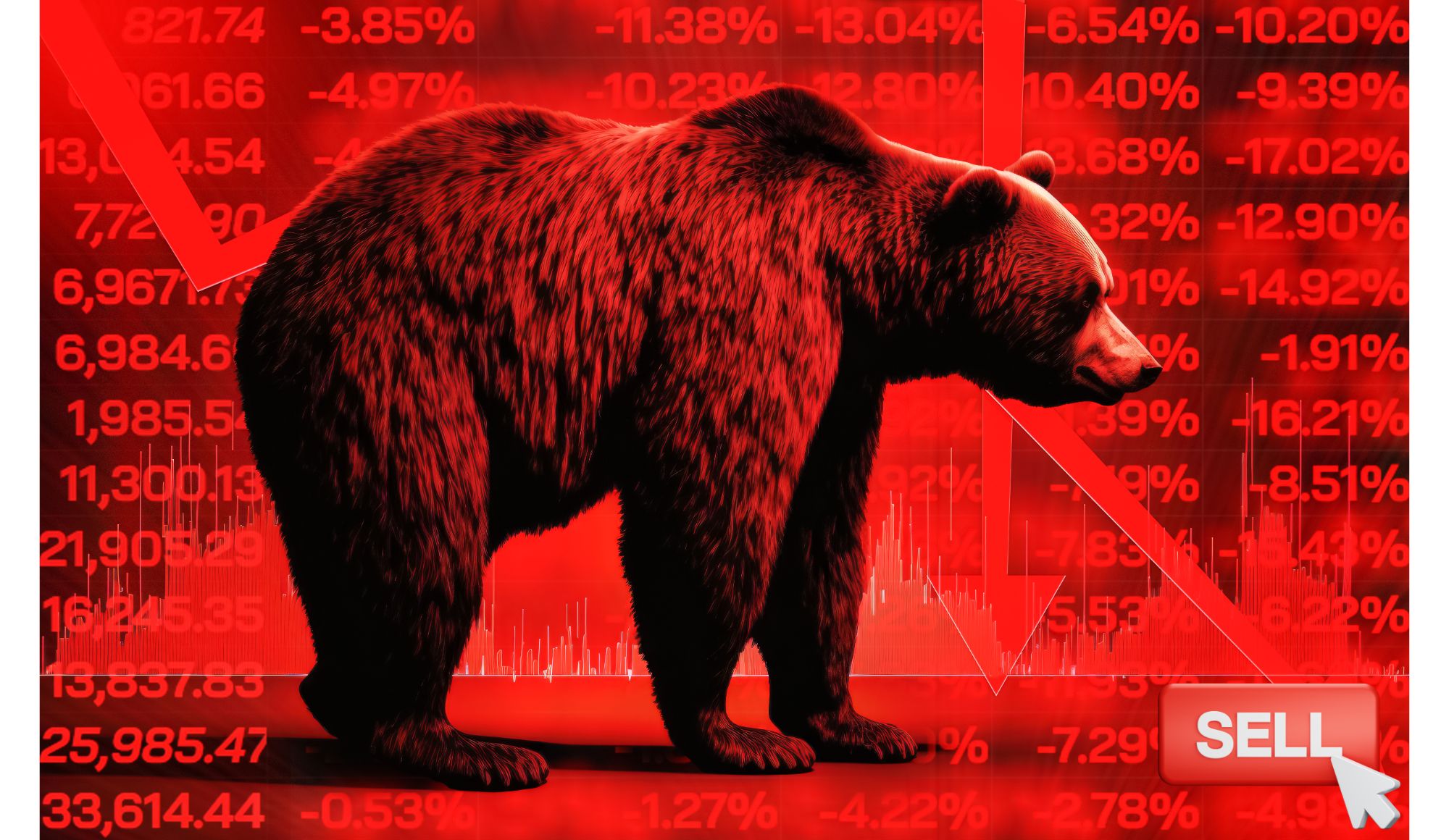Buffett Has Sold For 7 Quarters In a Row, What Happens Next?
When it comes to investing, following the actions of top investors is a much smarter play than following their words. Take Warren Buffett, for example, who has a philosophy of betting on America long-term and a reputation for having a holding period of forever. You could be forgiven for becoming complacent about how long to hold a position if you listened to that advice. But the better play is to see what Buffett is actually doing?
And for that we turn to his recent filings. In Q1 this year, he was a net seller of stocks and in Q2 he revealed a massive sale of Apple stock. Don’t mistake that to mean he only sold stocks. He was a buyer of some, like Occidental Petroleum, and a seller of others, like Apple. But overall he pocketed $17 billion through net selling in Q1 and then sold 50% of his Apple stake in Q2. Interestingly, a year ago he was also a net seller in Q1 2023 by almost the same amount as Q1 2024. Then, he offloaded a net $14 billion of stocks. But by Q2 he had raised almost $277 billion in cash.
But it gets worse if you’re thinking Buffett is always bullish. For a full 7 quarters in a row, Buffett has been a net seller of stocks. It’s one of the reasons why he has amassed a cash pile just shy of $300 billion. He’s clearly waiting for an opportunity to pounce and make a splash with a big deal. So, if Buffett is showing signs of leaning bearish with his actions, what should you do?
Key Points
- Warren Buffett’s recent net selling of stocks and large cash reserves suggest a bearish outlook.
- Berkshire Hathaway’s strong cash flow and growing market capitalization, nearing $1 trillion, indicate strong financial health.
- Investing in Berkshire Hathaway, with its diversification and strong track record, offers a balanced approach to managing risk and capitalizing on market gains.
If Buffett Is Bearish, How Should You Invest?
Buffett may be hinting that he sees signs of irrational exuberance in the markets at this time. Not only through his net selling but also his massive cash pile, which he has stated previously is generally invested in either 3-month or 6-month treasuries. At this time, with a 5% plus yield, that cash hoard is producing about $10 billion annually.
The operations of Berkshire also produce monstrous amounts of cash flow. Last year alone, $29.7 billion in free cash flow was generated and that adds to the $21.8 billion in 2022 and $26.5 billion in 2021.
In other words, Berkshire is spitting out cash at such a fast rate, the challenge is allocating it. But make no mistake about it, while critics take shots at Berkshire for holding such a large stash on the balance sheet, it continues to grow and add value to Berkshire’s market capitalization, which now sits just shy of $1 trillion, a feat achieved by only a few enterprises such as Alphabet, Amazon and Apple.
How To Invest Now?
For investors now a dilemma has appeared. On the one hand, risk appears to be growing as evidenced by Buffett’s net selling and growing cash pile. On the other hand, exposure to further upside is important because as Peter Lynch once said more money is lost by staying on the sidelines and missing out on gains than is lost by staying in the market and riding the drawdowns.
If there one stock to invest that managed risk well because it was so well diversified across sectors from railroads to candies, and from technology to energy, it would be Berkshire Hathaway itself. While the market has plateaued recently, Berkshire has continued to climb from strength to strength. It’s for that reason, and it’s half century pedigree of beating the market, that perhaps the best bet on the market now is Buffett’s own Berkshire Hathaway.



